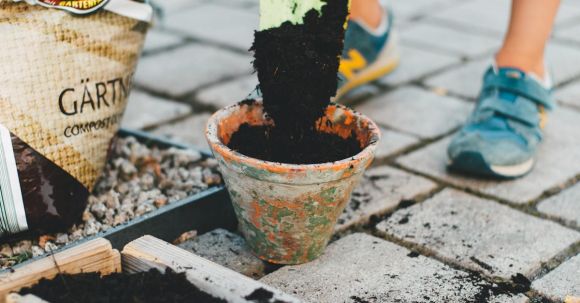Creating an eco-friendly backyard farm or garden is not only a rewarding and fulfilling experience but also a way to contribute to a more sustainable future. By implementing environmentally friendly practices, you can minimize your carbon footprint, conserve resources, and support biodiversity. Here are some useful tips to help you get started on your journey to sustainable backyard farming and gardening.
Choosing Native Plants and Crops
One of the first steps towards creating an eco-friendly backyard farm or garden is selecting native plants and crops. Native species are well adapted to the local climate and require less water, fertilizer, and pesticides to thrive. They also support local wildlife, such as birds, bees, and butterflies, by providing them with food and habitat. Research the native plants and crops that are suitable for your region and incorporate them into your garden or farm to promote biodiversity.
Composting for Nutrient-Rich Soil
Composting is an excellent way to recycle organic waste and create nutrient-rich soil for your backyard farm or garden. By composting kitchen scraps, yard waste, and other organic materials, you can reduce the amount of waste that goes to landfills while producing natural fertilizer for your plants. Make sure to balance the carbon and nitrogen content in your compost pile, turn it regularly to promote decomposition, and keep it moist. Adding compost to your soil enhances its fertility, improves water retention, and supports healthy plant growth.
Water Conservation Techniques
Conserving water is crucial for sustainable backyard farming and gardening. Implementing water-saving techniques not only helps to preserve this valuable resource but also reduces your water bills. Consider installing a rainwater harvesting system to collect rainwater for irrigation purposes. Use drip irrigation or soaker hoses instead of sprinklers to deliver water directly to the roots of your plants, minimizing evaporation. Mulching around your plants helps retain moisture in the soil, reducing the need for frequent watering. Water your plants during the cooler parts of the day to minimize water loss through evaporation.
Integrated Pest Management
Rather than relying on chemical pesticides, opt for integrated pest management (IPM) techniques to control pests in your backyard farm or garden. IPM involves a combination of preventive measures, such as choosing disease-resistant plant varieties and maintaining healthy soil, as well as natural pest control methods. Encourage beneficial insects, like ladybugs and praying mantises, to your garden by planting flowers that attract them. Use homemade organic pest repellents, such as neem oil or garlic spray, to ward off common garden pests. Regularly inspect your plants for signs of pest infestation and take immediate action to prevent the problem from escalating.
Creating a Wildlife-Friendly Environment
Backyard farming and gardening provide an opportunity to create a habitat that supports local wildlife. Incorporate features such as birdhouses, butterfly gardens, and bee-friendly plants to attract and support beneficial creatures. Install a small pond or water feature to provide a drinking and bathing spot for birds and other wildlife. Avoid using chemical fertilizers, herbicides, and pesticides that can harm beneficial insects, birds, and other animals. By fostering a wildlife-friendly environment, you can contribute to the conservation of biodiversity and create a balanced ecosystem in your backyard.
Conclusion: Embrace Sustainable Practices for a Greener Future
By implementing these eco-friendly tips, you can create a sustainable and thriving backyard farm or garden. Choosing native plants, composting, conserving water, practicing integrated pest management, and creating a wildlife-friendly environment are all steps towards a greener future. Embrace these sustainable practices to not only enjoy the fruits of your labor but also make a positive impact on the environment. Start small, experiment, and learn from your experiences, and soon you’ll be reaping the rewards of your eco-friendly backyard farming and gardening endeavors.





